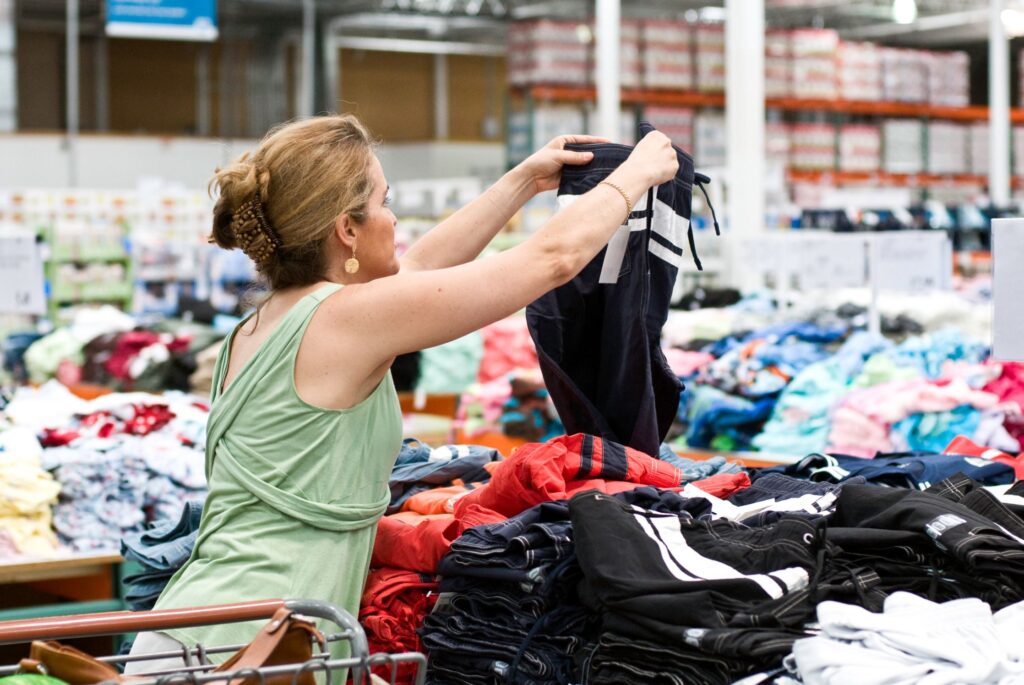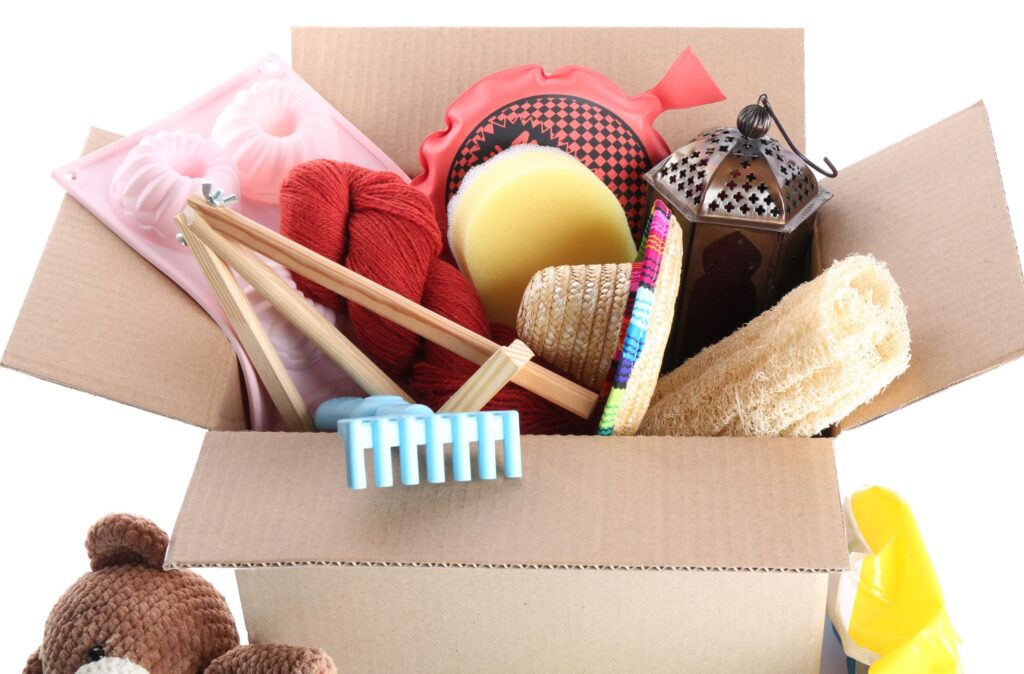Goodwill Bins generates revenue by selling donated items at low prices. Many wonder where the profits actually go.
Unlike traditional businesses, Goodwill uses most of its earnings to fund programs that support people in need. The profit from Goodwill Bins is reinvested into community services such as job training, education, and support for individuals with disabilities or other barriers to employment.
This helps improve lives and create opportunities for those who face challenges in finding work. Goodwill also partners with other organizations and government agencies to expand its impact.
Understanding where the money goes can help people see the real value of shopping or donating at Goodwill Bins.
How Goodwill Bins Generate and Allocate Profit
Goodwill Bins make money by using donated items that didn’t sell in regular stores. This income helps cover costs and supports Goodwill’s mission.
The funds come mainly from three sources and are used carefully to keep the nonprofit running and helping communities.
Profit Sources: Donations, Goodwill Stores, and Sales
Goodwill relies primarily on donations. People give clothes, furniture, and other goods that Goodwill sorts and sells.
Items that don’t sell in regular Goodwill stores go to Goodwill Bins, where they are sold by weight. Revenue comes from two main places:
- Goodwill stores: Items are priced individually.
- Goodwill Bins: Items sold in bulk, often cheaper but sold in large amounts.
Both income streams support Goodwill’s programs. Bins allow for quick sales of surplus stock to reduce waste and maximize revenue from donations.
Percentage Breakdown of Revenue and Expenses
Goodwill nonprofits must balance income and expenses carefully. Typically, a large share of income goes back into programs.
Estimated revenue allocation:
| Category | Percentage |
|---|---|
| Program services | 70-80% |
| Administrative costs | 10-15% |
| Fundraising expenses | 5-10% |
This means most of the money earned from Bins and stores supports job training, education, and other community help programs. Only a small portion covers overhead and fundraising.
Operational Costs and Financial Sustainability
Running Goodwill Bins involves costs such as staffing, sorting, transportation, and facility maintenance. These expenses are part of total operating costs for Goodwill stores.
Goodwill aims to keep these costs low while ensuring stores and Bins stay competitive against private resale markets. Managing expenses well keeps Goodwill financially stable and able to fulfill its nonprofit goals.
Funds from Bins help sustain operations without relying solely on donations. This makes the organization more self-supporting.

Impact of Goodwill Bins Profit on Community Programs
The profits from Goodwill bins play a key role in supporting various community efforts. These funds go toward job training, financial aid, and partnerships that help people find work and improve their lives.
Funding Job Training Programs and Employment Services
Goodwill uses most of the money made from bin sales to support job training programs. These programs teach skills needed for today’s workplaces.
They help people get ready for jobs by offering classes and hands-on training. Employment services also receive funding.
Goodwill helps connect people with job opportunities and offers support like resume help and interview coaching. These programs focus on giving individuals the skills and confidence to find and keep jobs.
Financial Contributions and Grant Distribution
Some of the profits from donations are given as financial contributions and grants. These funds support local community organizations working with Goodwill or focusing on job readiness and workforce development.
Grants may fund programs offering support like child care, transportation, or basic needs assistance. This helps remove barriers that keep people from finding or keeping employment.
Goodwill often distributes grants to smaller nonprofits, creating a network of support that extends beyond its own programs. This system helps spread the benefits of bin profits throughout the community.
Community Partnerships and Outreach Initiatives
Goodwill uses profits to build partnerships with local groups, government agencies, and businesses. These collaborations expand the reach of its programs and improve job placement success rates.
Through outreach initiatives, Goodwill connects with underserved populations, such as veterans or people with disabilities. These efforts provide specialized training and tailored services to meet unique needs.
These partnerships also promote sustainable practices by encouraging donation and reuse. This strengthens community ties while supporting environmental goals.


